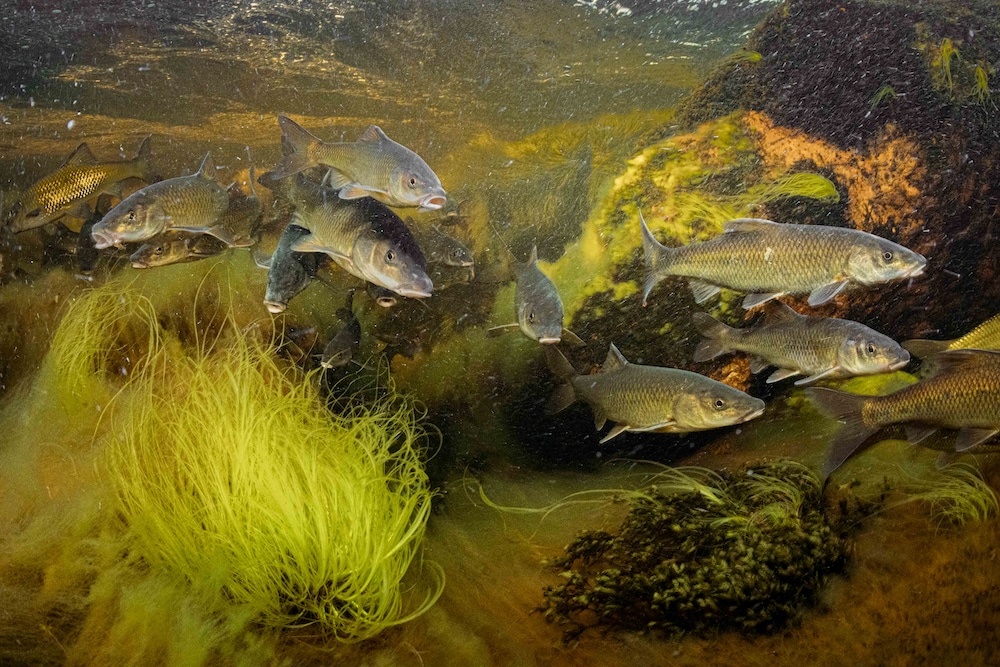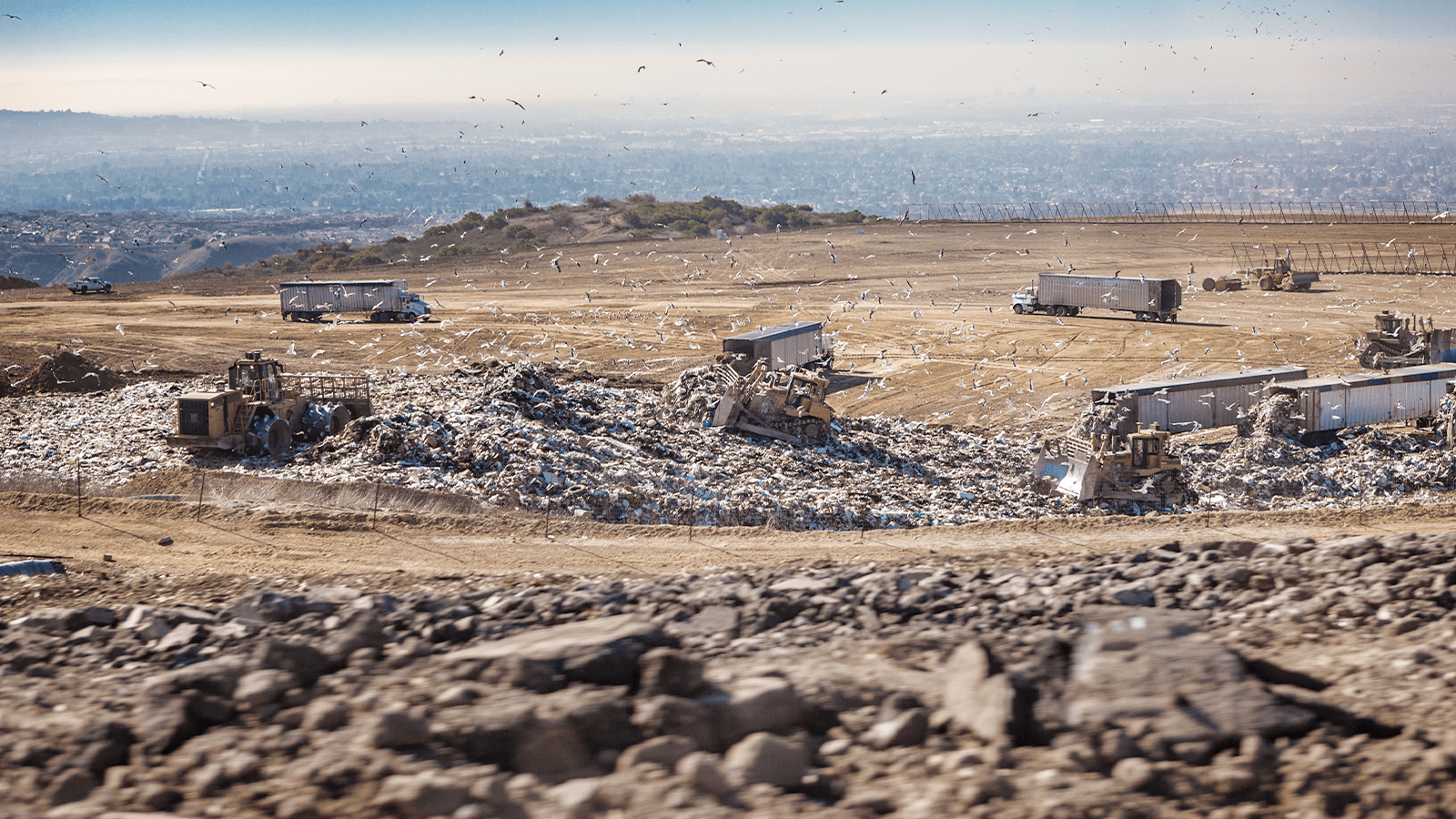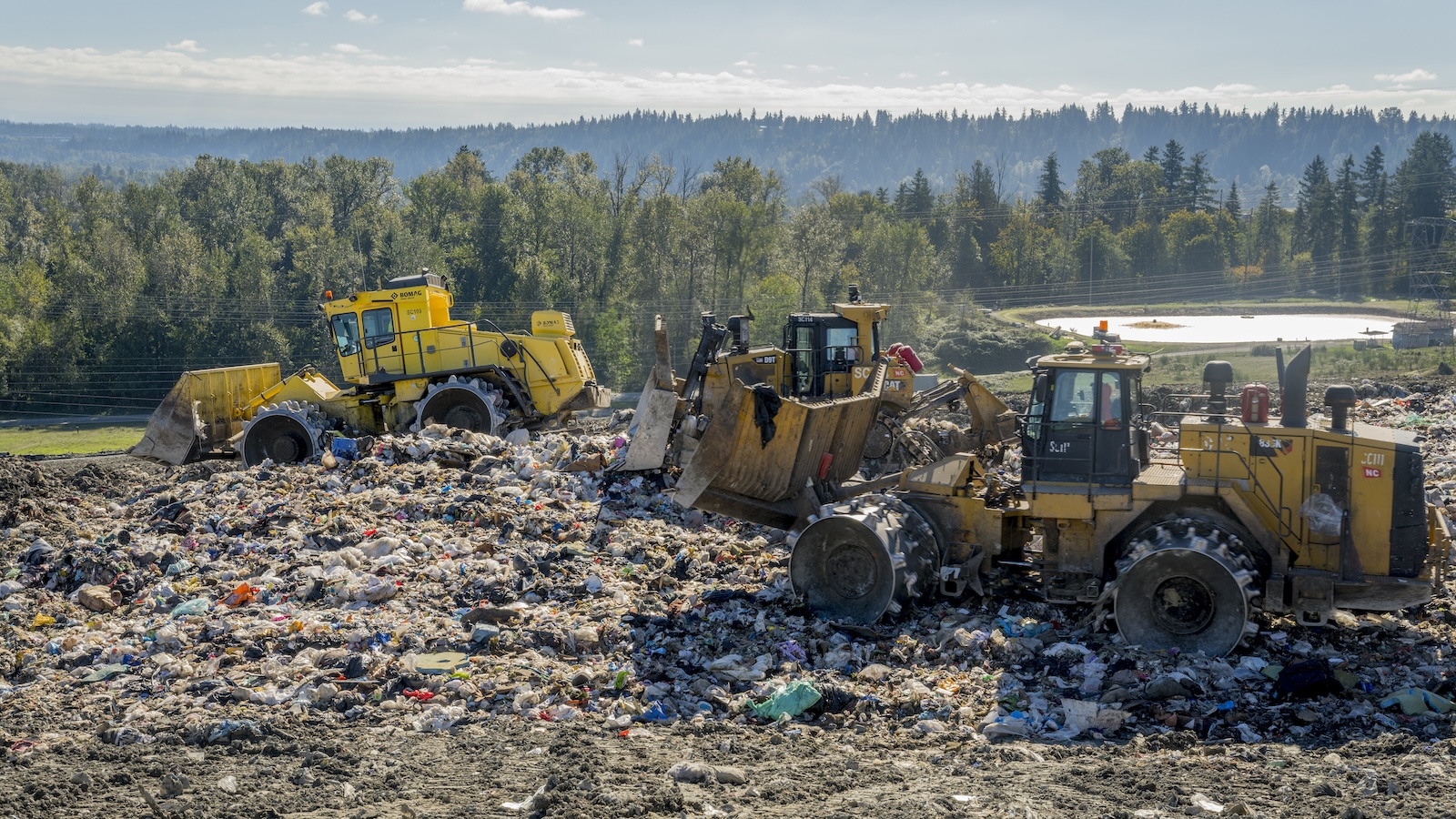When the war in Ukraine upended the global energy supply in 2022, South Korea suddenly found itself competing for natural gas. Cut off from Russia’s supply, an energy-starved Europe began buying up supplies worldwide. In 2022 alone, South Korea saw electricity costs rise approximately $17 billion because of the global spike in natural gas prices.
To improve its energy security after this upheaval, South Korea is doubling down on its imports. The country is using government financing to develop liquid natural gas (LNG) supply terminals, both at home and abroad. Its over-investment in LNG has already been costly: Citizens of South Korea are paying higher energy prices, without any gains in energy security, economic strength, or sustainability.
And even as the government invests billions in new capacity, the country’s demand for natural gas over the next decade is projected to plummet. By the time the new South Korean terminals start operating, they may end up sitting idle for much of the time.
A complex and expensive fuel
Today, natural gas fuels about 25% of South Korea’s energy mix, used for everything from cookstoves to industrial manufacturing. Much of this is transported as liquified natural gas, or LNG — a process which cools the gas until it transforms into fluid, making it safer and easier to transport. The process requires enormous, specialized infrastructure. Custom cooling and regasification terminals must be built on either end of the shipping route, and the specially built tankers that move the LNG also require super-cooled tanks.
This infrastructure is colossally expensive. From 2013 to 2023, South Korea’s public finance investment in new LNG carrier ships totaled approximately $44.1 billion, and the government plans to pay as much as $5 billion U.S. dollars for the new LNG terminals in the next few years.
“This will hinder the country’s energy transition to cheaper, domestically sourced renewable energy,” writes Michelle Kim, an energy finance specialist with the Institute for Energy Economics and Financial Analysis, in a recent report about South Korea’s LNG industry. Kim’s research shows that the country is on track to more than double its LNG import capacity. Yet as the country works to transition to net-zero by 2050, the government’s own projections show a dramatic decrease in natural gas demand. The new terminals South Korea are building are projected to fall to under 20% of their capacity by 2036. This will create what is known as “stranded assets,” meaning the government is investing billions of dollars into highly specialized infrastructure that soon will sit nearly unused.
South Korea’s focus on LNG also has major implications for the global climate. “What we’re seeing is the development of a massive surplus capacity of LNG, compared to what’s needed for keeping warming to 1.5 degrees,” says scientist Bill Hare, the CEO of Climate Analytics, a climate science and policy institute. A new report by a global collaborative of clean energy advocates shows that South Korea is one of the top international public financiers of fossil fuels.
Over the past decade, South Korea has invested over $3 billion of government financing into major U.S LNG infrastructure projects, such as the enormous new Rio Grande and Port Arthur facilities. And South Korean energy giant Hanwha is planning to invest still more in the Rio Grande project, with multi-million dollar loans from public and private banks in Korea.
This investment is dramatically increasing the United States LNG export capacity. “The US is set to double its existing capacity by the end of 2027,” says Jamie Lee, an international climate specialist at the Natural Resources Defense Council (NRDC). “That’s startling because the United States is already the top LNG exporter in the world.” Much of this rapid expansion is driven by South Korea’s investment – the country is one of the largest consumers of United States LNG exports.
Such investment is out of step with other developed countries, who are throttling back on gas: Other regions, including the European Union, the UK, and Canada, have committed to halt government financing for international fossil fuel infrastructure.
Ironically, the South Korean government has prioritized natural gas in part because of a misconception that it is cleaner than coal, which plays a large role in South Korea’s energy use. But when the emissions from its extraction, transport, processing, and consumption are taken into account, natural gas shows little or no improvement over other fossil fuels. In fact, natural gas currently accounts for 22% of global fossil fuel emissions.
Sejong Youn, the founder of the climate policy advocacy organization Plan 1.5, says, “The myth was appealing. If you didn’t look too closely, it appeared to be a better alternative. And that myth allowed policymakers and companies to continue business as usual, without the complexities that renewable energy introduces to the energy system.”
A financial black hole
Youn also points out other dangers of pouring public money into new natural gas infrastructure. “Whatever we build at this point will decide our future. Expanding gas infrastructure locks our country into a fossil fuel system,” he says.
Public financing of LNG infrastructure is based on financial calculations that assume it will be used for many decades. But to meet the country’s goal of global carbon neutrality by 2050, these facilities would need to cease operations well before their functional lifetime expires, creating an enormous net loss for South Korea’s government.
But despite the government’s current illogical funding trajectory, it may still be possible to reverse course.
Think globally, act locally
The coastal South Korean city of Dangjin is a fossil fuel hub, where coal-fired power plants and blast furnace steel mills spew pollutants. A 2021 report from the Centre for Research on Energy and Clean Air found that pollution from Dangjin’s plants causes over 210 premature deaths annually. Plans for new LNG terminals would add to these pollutants, making the city the third-largest LNG storage hub in the world.
Jungjin Kim, a leading local activist with the Korea Federation for Environmental Movements (KFEM), says Dangjin bears the burden of powering the country, while energy demand is concentrated in densely urban areas like Seoul. “Because most energy facilities cause large environmental impact and damage, these facilities are located in Dangjin to avoid the backlash from city residents,” he says.
Focusing public investment on natural gas, he says, also has serious economic risks for the area. “If all the jobs are in the fossil fuel sector, the entire region will be in a very dire economic situation when the demand for it declines,” he says. “It will be similar to what happened to Detroit.”
Government investment in domestic renewables could have the opposite effect. Research by Climate Analytics shows that if the South Korean government refocused on offshore wind, solar, and other domestic production, it could both boost employment and increase energy security. “There’s enormous potential in South Korea for renewable energy development that would create a net increase in local jobs,” says Hare. This could also support other industries in South Korea, such as transitioning LNG shipbuilders into green fuel transport to support the country’s chemical and steel industries. A 2023 report by NRDC shows that replacing LNG with renewable alternatives could be far less costly for both the government and consumers.
Despite the push to build natural gas infrastructure, activists in Dangjin have already successfully halted government funding for coal there. Korea Beyond Coal, a coalition of South Korean climate organizations working to end coal, successfully campaigned to end their government’s overseas coal investments in 2021. The effort helped shift private investment away from the sector. “South Korea can play a major role in accelerating the global energy transition,” says Dongjae Oh, the head of the oil and gas program at Solutions for our Climate (SFOC). “South Korea can shift its massive overseas fossil financing to renewable energy and work with other governments to expand clean, healthy and affordable energy, such as solar and wind.”
That’s not to say the path to energy security and economic growth via renewable energy would be smooth. The Korean Peninsula’s history of geopolitical instability, South Korea’s mountainous terrain, and urban population concentration all present challenges. But the biggest barrier to renewable energy is the lack of political will and concrete policies to support the country’s renewable energy production potential.
And that potential is huge: A 2023 report by the Lawrence Berkeley National Laboratory found that with the right government policies and supports, South Korea could meet 80% of the country’s electricity needs with clean power by 2035.
A golden opportunity
Advocates argue that despite its difficulties, such a transition would be deeply worthwhile. “Renewables are the biggest economic opportunity we’ve had since the Second World War,” says Hare. “The scale of government investment needed is huge, and it will generate many more jobs than continued funding of fossil fuels. It’s a win-win. Governments can make investments that get us to zero emissions, and citizens will benefit economically.”
Project 1.5 founder Sejong Youn agrees. “The government should spend money on renewable energy infrastructure and creating jobs,” he says. “It’s an area where, as citizens, we can and should demand change.”
Solutions for Our Climate (SFOC) is an independent non-profit organization based in South Korea that works to accelerate global greenhouse gas emissions reduction and energy transition. SFOC leverages research, litigation, community organizing, and strategic communications to deliver practical climate solutions and build movements for change. We work collaboratively with partners from around the world and aim to grow and strengthen the global network of climate actors that drive bold solutions.
This story was originally published by Grist with the headline South Korea’s energy trap: Government-funded dead end fossil fuel investments on May 21, 2024.




